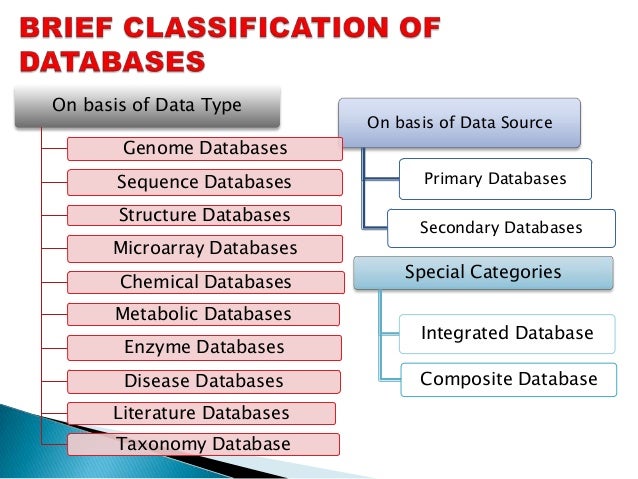A new treatment to hair follicle germs for hair regrowth
A special research study, from Yokohama National University, have established a brand-new treatment to hair follicle germs for hair regrowth. According to the scientists, it is an approach for gene database the mass prep work of cellular accumulations, as much as 5000 HFGs concurrently. Scientists conducted an animal study by transferring the ready HFGs to produce hair follicles and also hairs on the mouse body. the findings strongly suggest a duty for boosting human hair regenerative therapy as a novel potential therapy for loss of hair such as androgenic alopecia. The research study have been published in the Journal of Biomaterials.
The research study have been published in the Journal of Biomaterials.
Although loss of hair is not life-threatening, it troubles a significant variety of individuals throughout the globe, especially in maturing cultures. Hair regenerative medication has emerged as a brand-new treatment to fight the trouble. The therapy entails regenerating hair roots, the small body organs that expand as well as sustain hair. Among the more challenging obstacles to hair regenerative medication has actually been the preparation of hair follicle germs, the reproductive resource of hair follicles, widespread.
The paper, published in the journal Biomaterials, reports the effective preparation of up to 5000 HFGs concurrently, and also records new hair development from the HFGs after transplant into computer mice.
If you cherished this informative article and also you desire to get more information concerning rice genome i implore you to pay a visit to the website. " The secret for the automation of HFGs was a selection of substrate products for culture vessel," states the matching writer Junji Fukuda, Teacher, Yokohama National College. "We used oxygen-permeable dimethylpolysiloxane (PDMS) at the bottom of culture vessel, and also it functioned quite possibly."
The research team even more reviewed the usefulness of this method by moving the prepared HFGs from a produced about 300-microwell range, called "HFG chip," to produce hair roots and hairs on the computer mouse body. The group verified black hair generation at both the back and scalp transplant sites. The regenerated hair exhibited the regular hair cycle of murine hair.
Fukuda stated this easy approach is extremely durable as well as promising. They really hoped that this technique will boost human hair regenerative therapy to deal with hair loss such as androgenic alopecia. As a matter of fact, They have initial data that suggests human HFG formation utilizing human keratinocytes and facial papilla cells. According to the researchers.
For appropriate referrals, please usage CNGBdb Literary works data source.